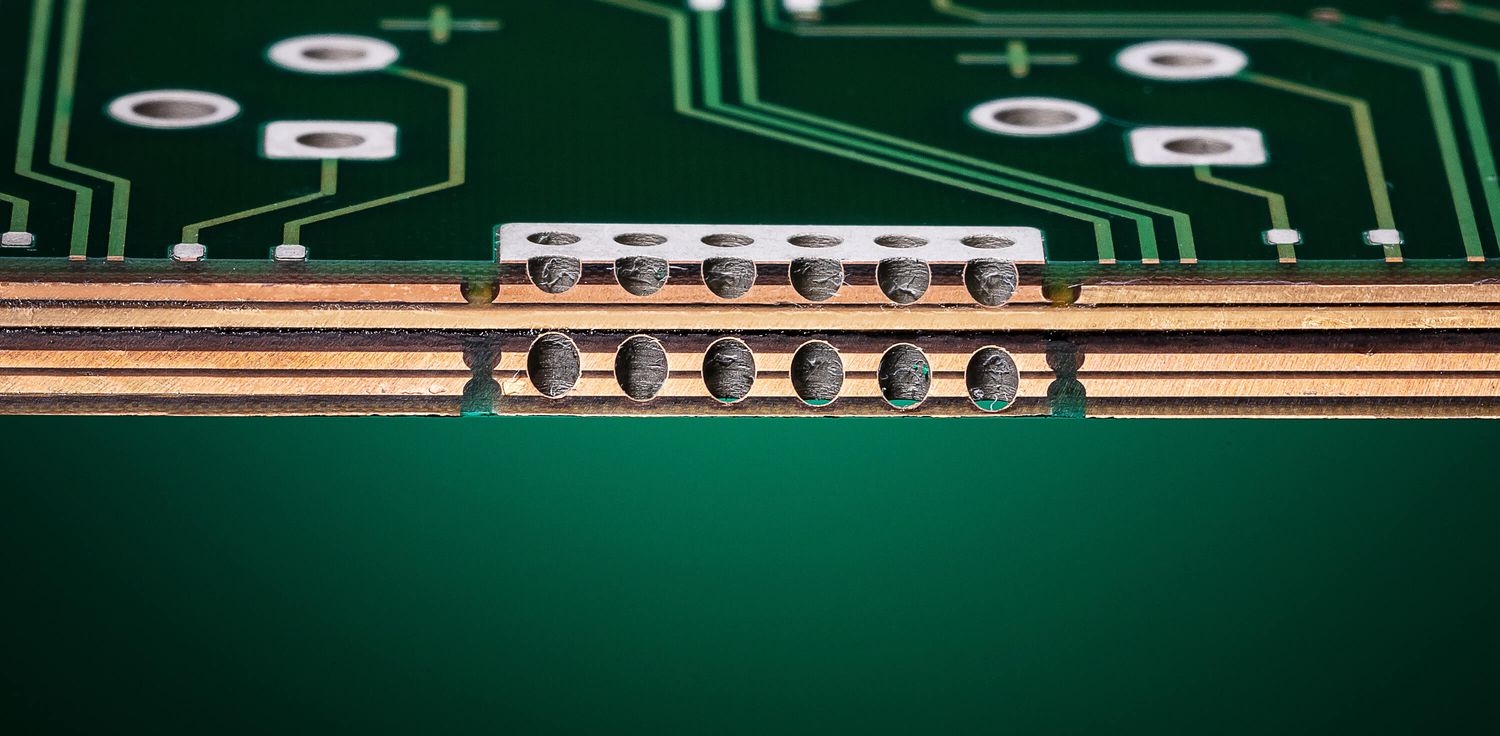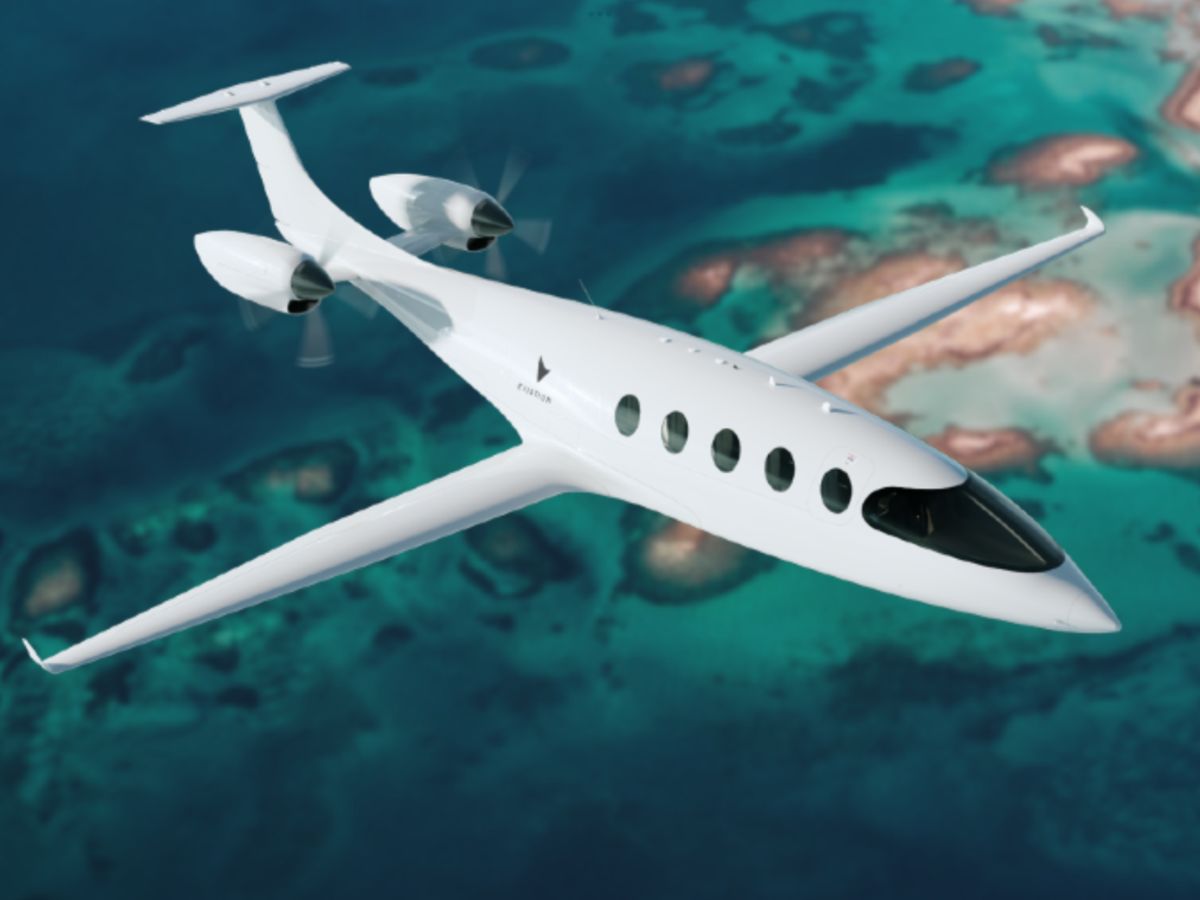In the fast-paced world of avionics, where reliability and performance are non-negotiable, heavy copper PCBs have emerged as a game-changer. These specialized circuit boards, designed with thicker copper layers, offer unmatched benefits for high current applications, thermal management, and overall durability in aircraft systems. Whether you're an engineer designing power electronics for avionics or a professional seeking solutions for thermal challenges, heavy copper PCBs for avionics deliver the strength and stability needed to keep systems soaring. In this blog, we’ll dive deep into why thick copper PCBs are ideal for avionics, exploring their advantages in high current handling, thermal management, and long-term reliability.
What Are Heavy Copper PCBs and Why Do They Matter in Avionics?
Heavy copper PCBs are printed circuit boards with significantly thicker copper layers than standard PCBs. While a typical PCB might have copper layers of 1 to 2 ounces per square foot (oz/ft2), heavy copper PCBs often range from 4 to 10 oz/ft2 or even higher in extreme cases. This added thickness allows them to handle higher currents, dissipate heat more effectively, and withstand harsh environmental conditions—key factors for avionics applications.
In avionics, where electronics control critical systems like navigation, communication, and flight control, failure is not an option. Components must endure extreme temperatures, vibrations, and high power demands. A high current avionics PCB built with heavy copper can meet these challenges head-on, ensuring safety and performance at 30,000 feet and beyond.

Key Advantages of Heavy Copper PCBs in Avionics
Let’s break down the specific benefits of using heavy copper PCBs in avionics. These advantages make them a top choice for engineers working on power electronics and high-reliability systems.
1. Superior High Current Handling for Power Electronics Avionics PCB
Avionics systems often require substantial power to operate components like radar systems, actuators, and communication devices. A high current avionics PCB made with heavy copper can carry significantly more electrical current without overheating or degrading. For instance, a standard PCB with 1 oz/ft2 copper might handle currents up to 5 amps per trace, while a heavy copper PCB with 6 oz/ft2 can manage upwards of 30 amps per trace, depending on design and trace width.
This capability is crucial in power electronics avionics PCB designs, where consistent power delivery ensures that critical systems function without interruption. The thicker copper reduces electrical resistance, minimizing voltage drops and power losses—key for maintaining efficiency in high-demand scenarios.
2. Enhanced Thermal Management with Heavy Copper PCB
Temperature control is a major concern in avionics, where components are often packed into tight spaces with limited airflow. Heavy copper PCBs excel in thermal management by acting as a heat sink, spreading heat away from critical components. The increased copper thickness improves thermal conductivity, allowing the board to dissipate heat more effectively than standard designs.
For example, in a flight control system, power transistors and other heat-generating components can reach temperatures exceeding 100°C. A thermal management heavy copper PCB can reduce hotspot temperatures by up to 20-30% compared to thinner copper layers, extending component lifespan and preventing thermal runaway. This makes heavy copper an ideal choice for systems exposed to the temperature swings of high-altitude flight.

3. Increased Mechanical Strength and Durability
Avionics systems face intense mechanical stress from vibrations, turbulence, and rapid pressure changes. Heavy copper PCBs offer greater structural integrity due to the thicker copper layers, which add rigidity to the board. This reduces the risk of cracks or delamination during operation, ensuring the reliability of heavy copper PCB designs in demanding environments.
In addition, the robust construction of heavy copper boards allows them to support heavier components without warping. This is particularly useful in avionics, where ruggedized designs are essential for long-term performance under stress.
4. Improved Reliability for Critical Systems
The reliability of heavy copper PCB technology is a standout feature for avionics applications. With thicker copper layers, these boards are less prone to failures caused by thermal stress or current overload. They can endure repeated thermal cycles—common in aircraft systems that power up and down frequently—without developing micro-cracks or other defects.
For instance, a navigation system in an aircraft might cycle through thousands of power-ups over its lifetime. A heavy copper PCB ensures consistent performance by minimizing wear and tear on conductive traces, reducing the likelihood of signal loss or system failure. This reliability translates to safer flights and lower maintenance costs.
Applications of Heavy Copper PCBs in Avionics
Heavy copper PCBs are versatile and find use in various avionics systems where high current, thermal management, and reliability are critical. Below are some key applications where these boards shine.
1. Power Distribution Systems
Aircraft rely on complex power distribution networks to deliver electricity to different subsystems. Heavy copper PCBs are often used in these systems to handle high current loads and ensure stable power delivery. Their ability to manage large currents without overheating makes them ideal for distributing power to engines, lighting, and onboard electronics.
2. Flight Control Systems
Flight control systems demand precision and reliability under all conditions. A high current avionics PCB with heavy copper can support the power needs of actuators and sensors while dissipating heat effectively. This ensures that control systems respond quickly and accurately, maintaining aircraft stability during flight.
3. Communication and Radar Equipment
Communication systems and radar equipment in aircraft often operate at high power levels, generating significant heat. A thermal management heavy copper PCB can handle these conditions, preventing signal degradation and ensuring clear communication between the aircraft and ground control.
4. In-Flight Entertainment and Cabin Systems
Modern aircraft feature advanced in-flight entertainment systems and cabin management solutions that require reliable power and heat dissipation. Heavy copper PCBs support these systems by providing the necessary current capacity for screens, lighting, and other amenities while maintaining safe operating temperatures.
Design Considerations for Heavy Copper PCBs in Avionics
While heavy copper PCBs offer numerous benefits, designing them for avionics requires careful planning. Here are some factors engineers must consider to maximize performance.
1. Copper Thickness Selection
Choosing the right copper thickness is critical for balancing performance and cost. For high current avionics PCB designs, a thickness of 4-6 oz/ft2 is often sufficient, but extreme applications may require up to 10 oz/ft2 or more. Engineers must evaluate the current requirements and thermal needs of the system to determine the optimal thickness.
2. Trace Width and Spacing
Heavy copper PCBs allow for wider traces to carry higher currents, but this can increase the board’s size. Designers must balance trace width with spacing to prevent interference while ensuring the board fits within the compact spaces of avionics equipment. Advanced design software can help simulate current flow and heat distribution to optimize layouts.
3. Material Selection for Harsh Environments
Avionics PCBs must withstand extreme conditions, including temperature fluctuations from -55°C to 85°C and high humidity. Selecting substrates with high thermal stability and low moisture absorption is essential. Combining these materials with heavy copper layers ensures the board performs reliably in the harshest environments.
4. Manufacturing Challenges
Producing heavy copper PCBs involves specialized processes, such as etching and plating, to achieve uniform copper thickness. Engineers should work with experienced manufacturers to ensure consistent quality and adherence to avionics standards like IPC-6012 for rigid PCBs.

Why Choose Heavy Copper PCBs for Your Avionics Projects?
The advantages of heavy copper PCBs make them an indispensable choice for avionics applications. Their ability to handle high currents, manage heat, and provide long-term reliability ensures that aircraft systems operate safely and efficiently. Whether you’re designing power electronics for avionics or addressing thermal challenges in flight control systems, a heavy copper PCB offers the performance and durability needed to meet stringent industry requirements.
By integrating heavy copper technology into your designs, you can reduce the risk of system failures, extend the lifespan of critical components, and enhance overall safety. These boards are not just a solution—they’re a strategic investment in the future of aviation technology.
Conclusion: Soaring to New Heights with Heavy Copper PCBs
Heavy copper PCBs are transforming the avionics industry by providing robust solutions for high current handling, thermal management, and system reliability. From power distribution to communication systems, a heavy copper PCB for avionics ensures that aircraft electronics perform flawlessly under the most demanding conditions. As technology advances and the demands of modern aviation grow, the reliability of heavy copper PCB designs will continue to play a vital role in keeping the skies safe.
At ALLPCB, we’re committed to supporting engineers and designers with cutting-edge solutions for avionics and beyond. By leveraging the power of heavy copper PCBs, you can take your projects to new heights with confidence in their performance and durability.




